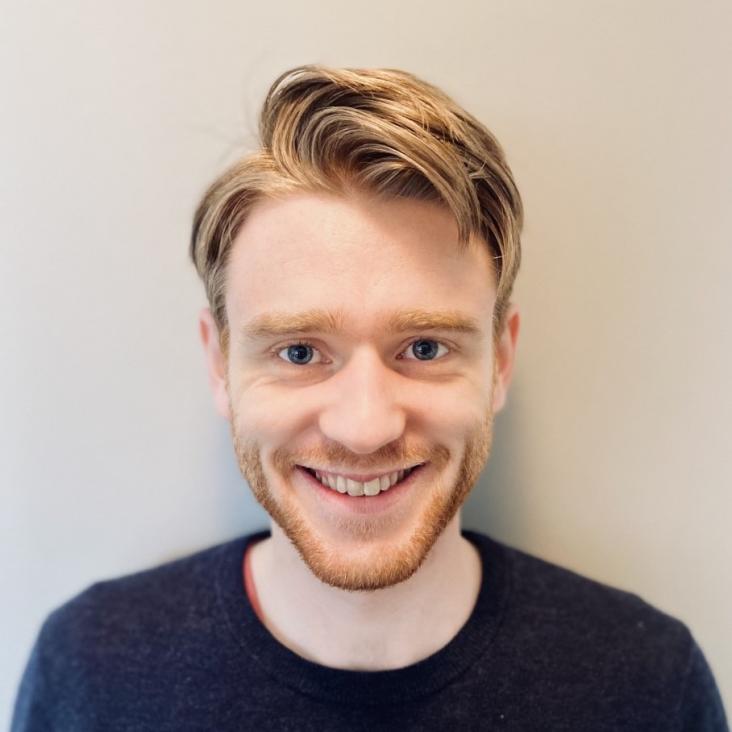The Thomson scattering cross section in a magnetized, high density plasma
(2019)
Analytical estimates of proton acceleration in laser-produced turbulent plasmas
Journal of Plasma Physics Cambridge University Press 84:6 (2018) 905840608
Abstract:
With the advent of high power lasers, new opportunities have opened up for simulating astrophysical processes in the laboratory. We show that 2nd-order Fermi acceleration can be directly investigated at the National Ignition Facility, Livermore. This requires measuring the momentumspace diffusion of 3 MeV protons produced within a turbulent plasma generated by a laser. Treating Fermi acceleration as a biased diffusion process, we show analytically that a measurable broadening of the initial proton distribution is then expected for particles exiting the plasma.Implementation of a Faraday rotation diagnostic at the OMEGA laser facility
High Power Laser Science and Engineering Cambridge University Press 6:2018 (2018) e49
Abstract:
Magnetic field measurements in turbulent plasmas are often difficult to perform. Here we show that for ⩾ kG magnetic fields, a time-resolved Faraday rotation measurement can be made at the OMEGA laser facility. This diagnostic has been implemented using the Thomson scattering probe beam and the resultant path-integrated magnetic field has been compared with that of proton radiography. Accurate measurement of magnetic fields is essential for satisfying the scientific goals of many current laser–plasma experiments.Transport of high-energy charged particles through spatially-intermittent turbulent magnetic fields
(2018)
Analytical estimates of proton acceleration in laser-produced turbulent plasmas
(2018)


